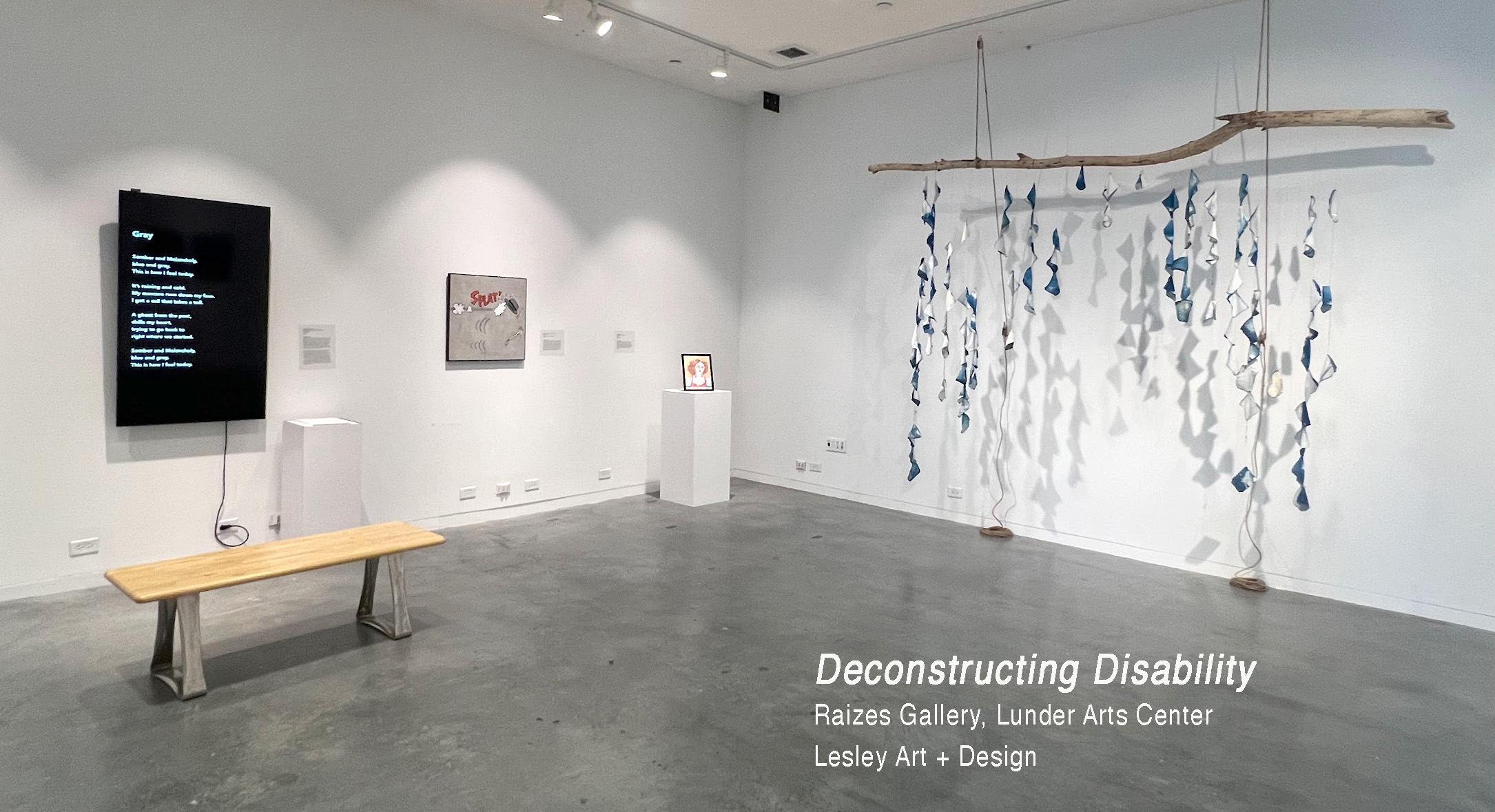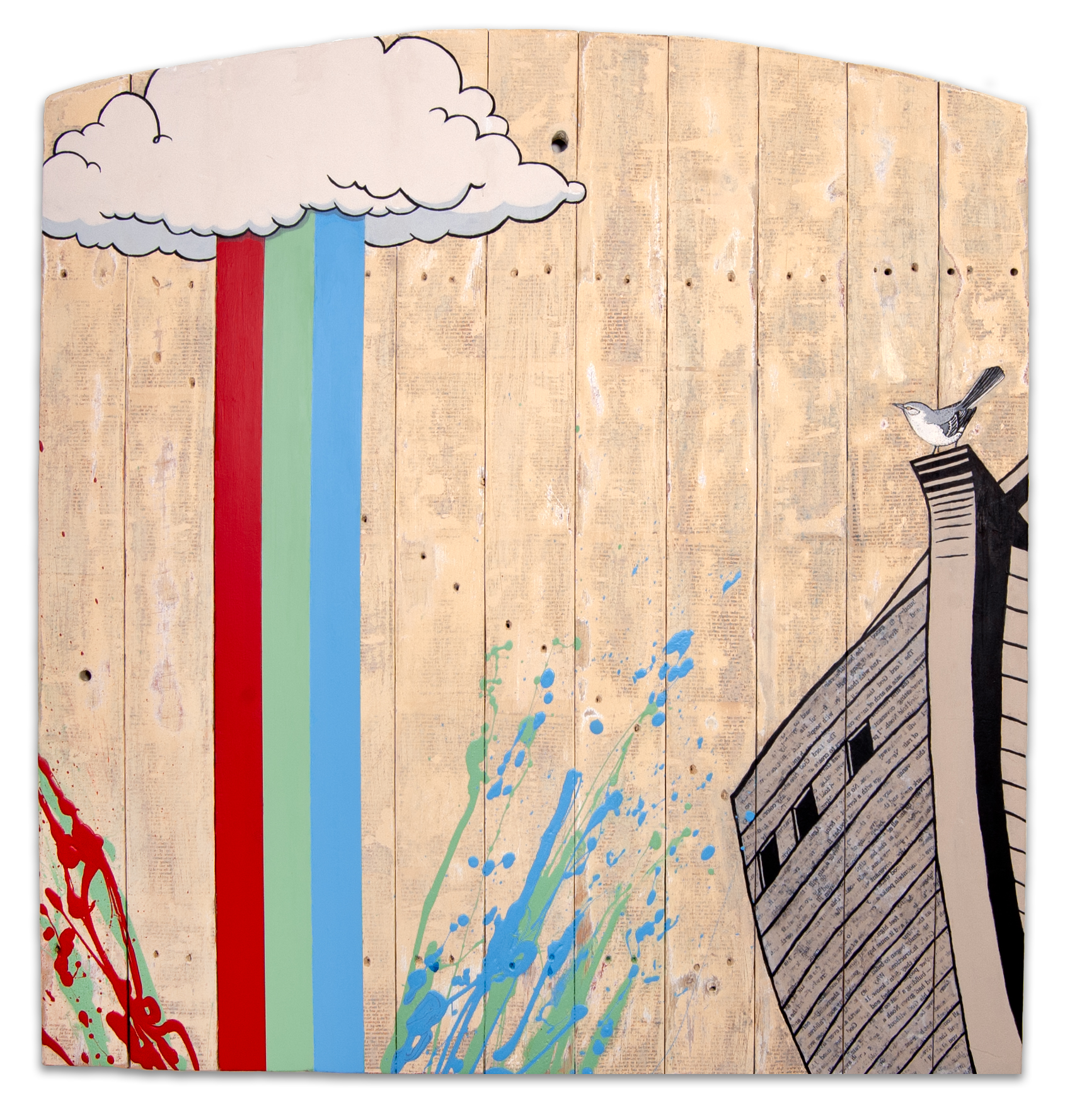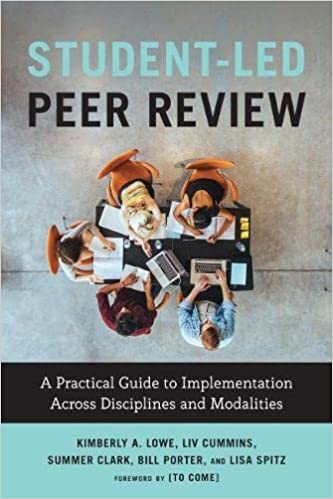




Failed Seriousness
Gallery 263, Cambridge, MA
October 16 - November 16, 2025
Reception: November 7, 6-8 pm
failed seriousness is a national exhibition juried by artist Libby Paloma, celebrating the comical, satirical, and subversive. From irony to visual tricks, the pieces in this show utilize humor to both critique culture and encourage viewers to find new, whimsical lenses to view the world. Featuring works across fiber, ceramics, mixed media, sculpture, painting, video, and photography, this exhibition challenges conceptions of mental illness, disability, gender, desire, and apathy. Together, the 24 artists in failed seriousness invite audiences to laugh in the face of it all.
Student-Led Peer Review:
A Practical Guide to Implementation Across Disciplines and Modalities
Based on the authors’ extensive experience and research, this book provides a practical introduction to the key principles, steps, and strategies to implement student peer review – sometimes referred to as “peer critique” or “workshopping”. It addresses common challenges that faculty and students encounter. The authors offer an easy-to-follow and rigorously tested three-part protocol to use before, during, and after a peer review session, and advice on adapting each step to individual courses.
"This book offers a research-based, practitioner-focused approach to using peer review in the classroom. The authors do a masterful job of anticipating the challenges of student peer review and describing the considerable benefits that accrue when students are asked to take responsibility, think critically and gain agency. The book is an excellent resource for teachers, as it provides strong rationale for encouraging peer review and compelling ideas for designing instruction and environments that foster student growth in this vital area. Highly recommended!"
- Peter Afflerbach, University of Maryland



